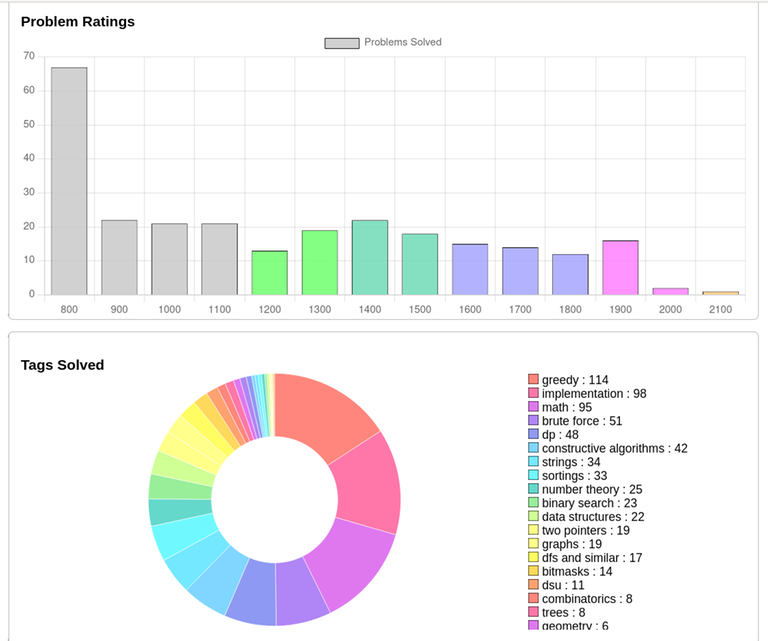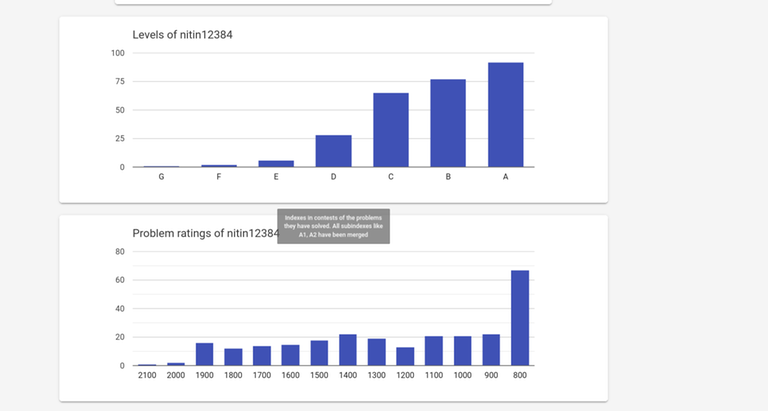Something really bad that could have happened with me was prevented, with a stroke of crazy fucking luck. I thank god for that, and I have decided to give out some help to other as a part of thanks.
I will personally help 5 people in comments asking their doubts in anything CP/Math related — any problem or anything in my capacity. (Based on my capacity. If a red asks me something crazy, I am sorry.)
I have been expert, but I lost touch with CP recently. I really love maths. I think I might be able to help people <= specialist.
Feel free to downvote, I dont care (Maybe you should, so that folks dont start a trend with these kind of blogs) . I just want to give out help and earn Karma and keep god's blessing on me. (Sorry I am lonely, This was one of the better idea I had to help others)













